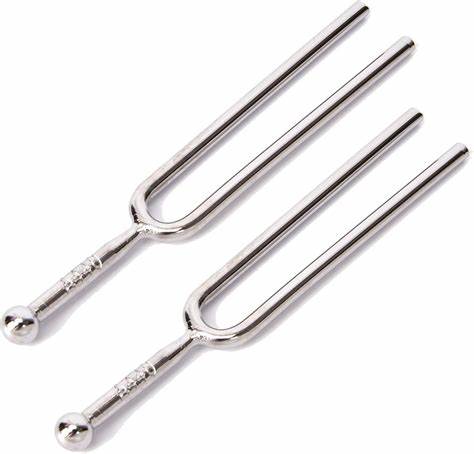
Want to play better in tune on the violin (or viola, cello, etc)? In addition to having a good sense of relative pitch and left hand fundamentals, string players also need to have a basic understanding of both vertical and horizontal intonation. The bad news is there is no such thing as perfect intonation. The good news is that with experience, string players have the ability to quickly adjust their intonation in real time to stay the best in tune with an ensemble (or themselves).
There are have been many tuning systems throughout music history, many of which are still being used today. If it interests you to explore this topic in greater detail, I strongly recommend Ross Duffin’s book How Equal Temperament Ruined Harmony (and why you should care).
In addition to the “universally-accepted” equal temperament, here is a summary of two tuning systems that non-tempered instrumentalists (this includes vocalists) should be aware of. Continue reading “Pythagorean Tuning vs Just Intonation | A Paradox of Playing in Tune”

